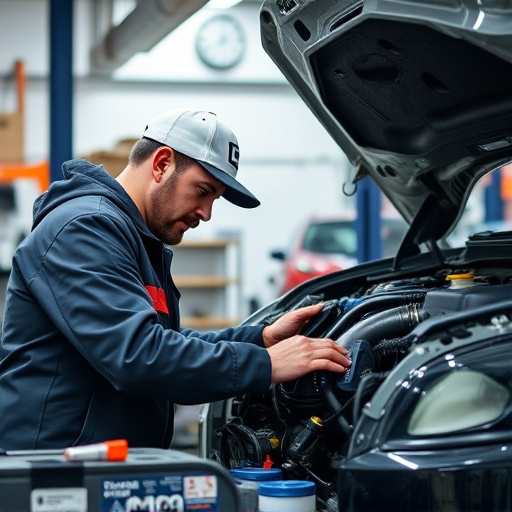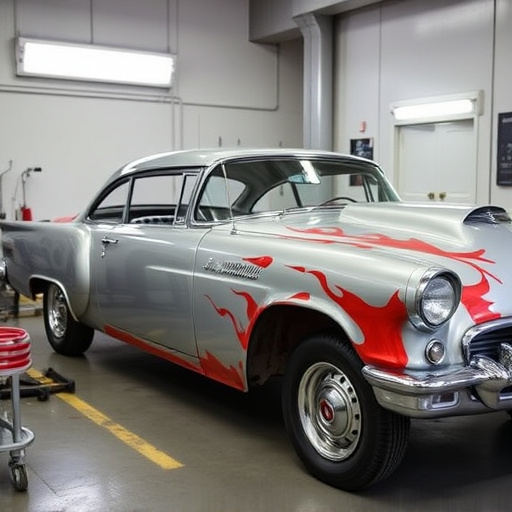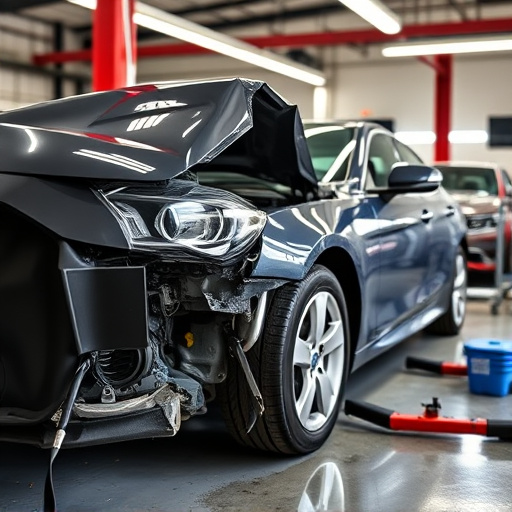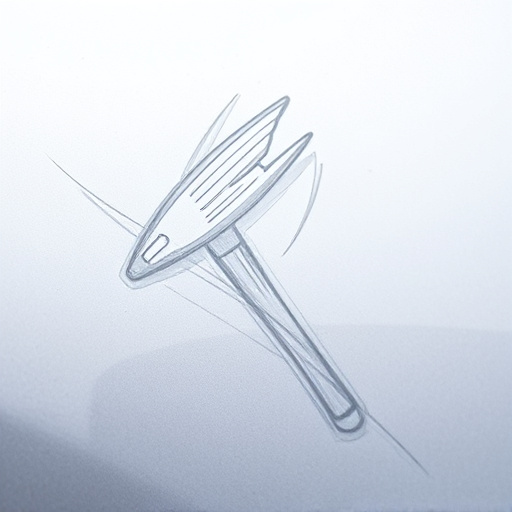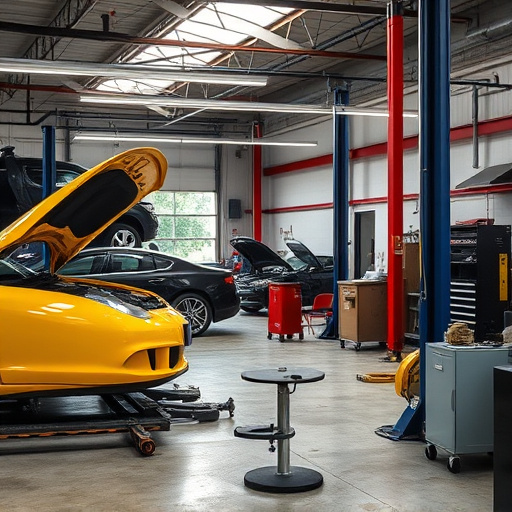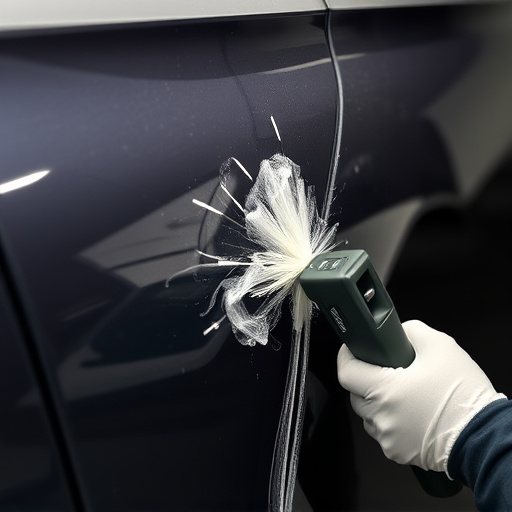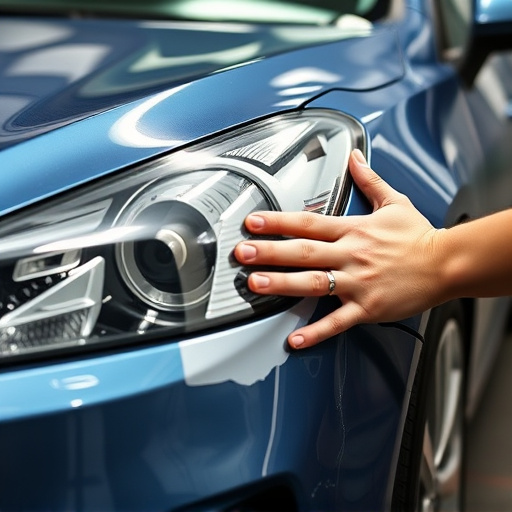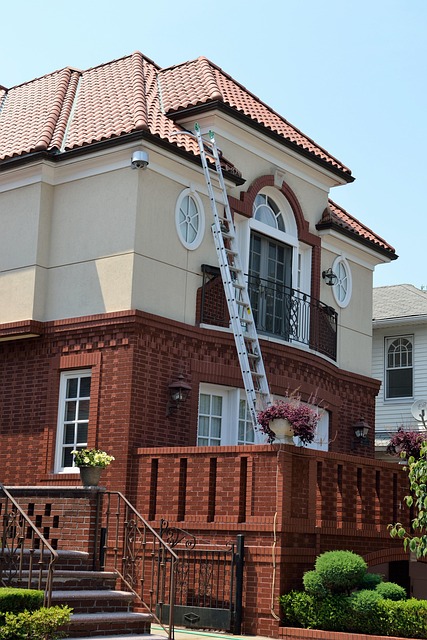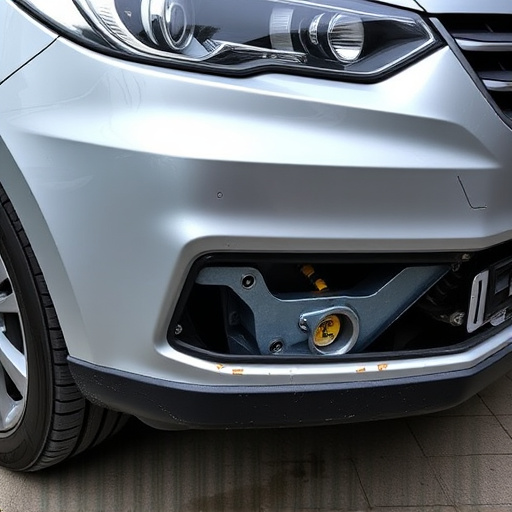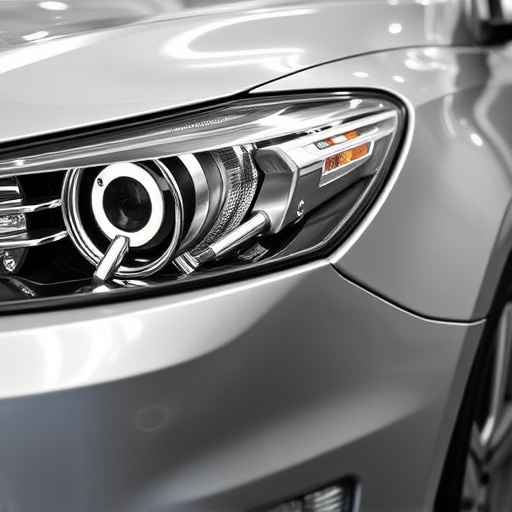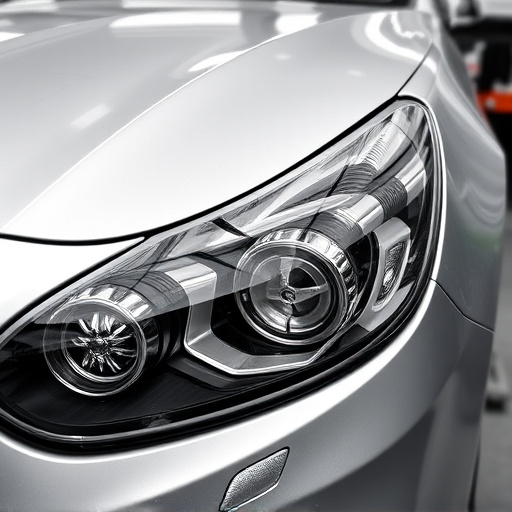Meticulous inspection of Tesla Model S front end damage is crucial post-towing. Skilled technicians detect subtle alignment issues and body contour changes for expert repairs. Gather essential tools and prioritize safety before starting repairs. Restoring the front end requires secure jacking, thorough inspection, body restoration, auto glass repair, priming, masking, and Tesla-specific paint for precise matching. Reassembly ensures all components are securely attached after cleaning.
“Experience a tow truck or lift mishap with your Tesla Model S? Don’t panic. This guide breaks down the process of repairing your car’s front end, ensuring it returns to its sleek and safe condition. From assessing damage to implementing necessary tools and safety precautions, we walk you through each step. By following these instructions, you’ll be well on your way to restoring your Tesla Model S front end, minimizing downtime and maximizing peace of mind.”
- Assessing Towing or Lift Damage to Tesla Model S Front End
- Necessary Tools and Safety Precautions for Repair
- Step-by-Step Guide to Tesla Model S Front End Restoration
Assessing Towing or Lift Damage to Tesla Model S Front End
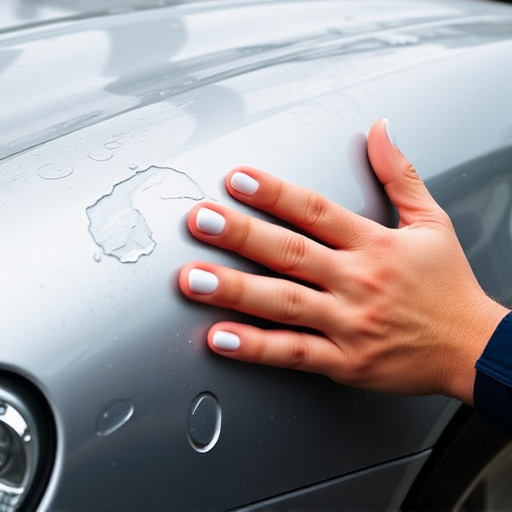
When it comes to assessing damage on a Tesla Model S front end, especially after towing or lift operations, careful inspection is paramount. Begin by examining the exterior for any visible signs of impact, such as dents, scratches, or misalignments in the grille, fenders, and headlamps. These can often be indicative of how the vehicle was handled during transport. Check for loose or damaged components like mirrors, bumper covers, and sensors, as these may require replacement or realignment.
Automotive restoration expertise is crucial here. Skilled technicians with experience in car bodywork services can identify subtle changes in panel alignment and body contour, which might not be immediately apparent to untrained eyes. They will assess the extent of damage, determine if any structural integrity has been compromised, and provide recommendations for Tesla Model S front end repair tailored to the specific needs of your vehicle, whether it’s a fleet repair service or individual car bodywork services.
Necessary Tools and Safety Precautions for Repair
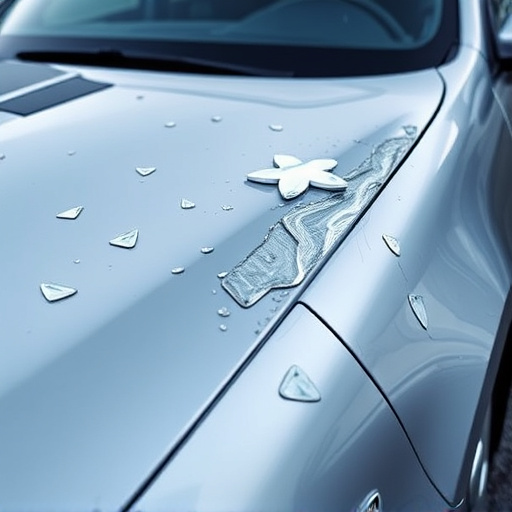
Before attempting a Tesla Model S front end repair, ensure you have all necessary tools on hand. This includes a set of impact wrenches, socket sets, and jack stands for safe vehicle lifting. Additionally, consider using wheel chocks for stability during the repair process. Automotive repair services specializing in electric vehicles are equipped with the right knowledge and tools to handle intricate components like the Model S’s front end accurately.
Safety is paramount when dealing with any vehicle, especially an electric one like the Tesla Model S. Put on protective gear, including gloves and safety glasses, to shield yourself from debris or potential harm. Work in a well-lit, clean area, and follow all manufacturer guidelines for proper fender repair and automotive body work. These precautions will ensure both the effectiveness of your repair and your personal safety.
Step-by-Step Guide to Tesla Model S Front End Restoration
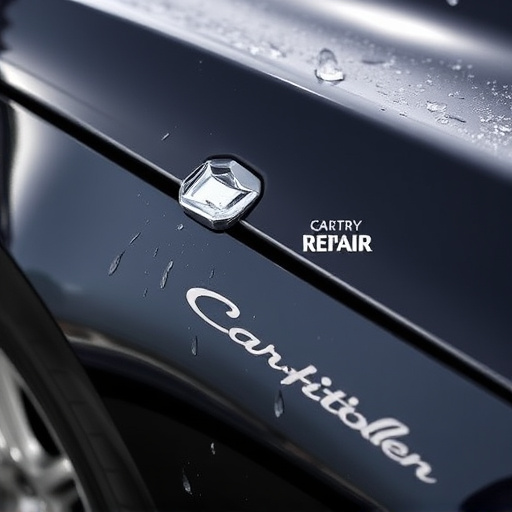
Restoring your Tesla Model S’s front end after towing or lift damage requires meticulous care and attention to detail. Here’s a step-by-step guide designed specifically for this unique vehicle:
1. Safety First: Ensure the car is safely secured before beginning any repairs. This includes jacking up the vehicle and placing sturdy stands underneath to prevent movement. Safety goggles and gloves are essential to protect against debris and chemicals.
2. Inspect the Damage: Carefully assess the front end for any dents, cracks, or damaged components. Identify areas needing repair, which might include bumper covers, fenders, grille, headlamps, or auto glass. Note that even minor damage can affect the car’s aerodynamic performance and appearance.
3. Car Body Restoration: Begin by removing any loose debris and gently straightening bent panels using specialized tools. For deeper dents, consider using a pneumatic hammer and dolly set for precise removal without damaging surrounding areas.
4. Auto Glass Repair: If your Tesla Model S’s headlights or auto glass are cracked or chipped, replace them promptly. This involves removing the damaged pieces, preparing the surface, and installing new auto glass to ensure optimal visibility and light transmission.
5. Auto Painting: After all necessary repairs, prepare the car for painting. This includes thorough cleaning, priming, and masking areas not to be painted. Use high-quality paint designed specifically for Teslas, ensuring an exact match with the original finish.
6. Reassembly: Once the paint has fully cured, carefully reassemble the front end components in their proper order. Double-check all bolts and connectors for secure attachment before lowering the vehicle back to the ground.
The intricate process of repairing a Tesla Model S’s front end after towing or lift damage is now demystified. By understanding the key steps and implementing the right tools and safety precautions, owners can effectively restore their vehicle to its sleek and functional state. Through this guide, we’ve highlighted the importance of proper assessment, meticulous preparation, and careful execution for a successful Tesla Model S front end repair, ensuring your electric vehicle returns to its vibrant, bustling form on the road.
